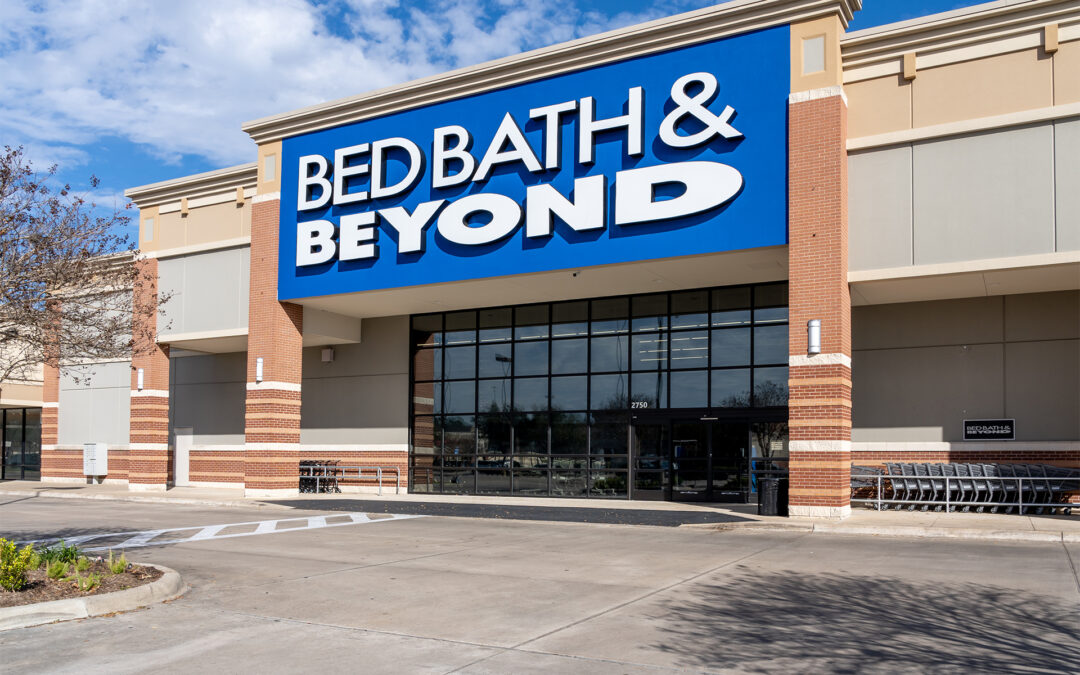The COVID-19 vaccine is bringing a lot of positivity to consumers seeking light at the end of the pandemic tunnel, “but there is still a long way to go before we are truly back to normal,” said Leana Salamah, vice president, marketing, International Housewares Association, to open the Connect SPRING panel discussion on “The Post-COVID Consumer.”
Joining Salamah on the panel were Joe Derochowski, vice president and home industry advisor, The NPD Group; and Tom Mirabile, principal and founder, Springboard Futures and consumer trend analyst for IHA. Peter Giannetti of IHA moderated the discussion.
The panelists examined how the consumer has evolved through the pandemic; which consumer behaviors established during the pandemic may stick, what headwinds the industry may face; and how home and housewares manufacturers and retailers can serve the post-COVID consumer.
On the potential resumption of away-from-home activities, such as going to restaurants and entertainment venues, Salamah cited a survey by public consultancy Morning Consult indicating 36% of people think it will be at least six months until they will dine out again; 33% of people said they are most comfortable going to museums; and 33% said it will be at least six months before they will go to a movie theater.
“We are not at the finish line or even close to it by any stretch of the imagination,” she said. “When we are talking about the post-COVID consumer, we are looking at the near-term, a mid-term and a long-term.”
Mirabile stressed the progression toward a “now normal” reflecting constantly changing consumer confidence factors that can vary regionally or generationally.
“When we look at older generations — Gen X, boomers and seniors — their number-one concern is the U.S. economy because they’ve been vaccinated or are on their way to being vaccinated,” Mirabile said. “The next concern for them is the spread of contagious variants of COVID whereas with younger generations — the Gen Z and millennials — their number-one concern is me or my family getting sick. Number two, surprisingly, is the U.S. economy.”
“When you hear some of the older consumers who have received the vaccine, you hear the passion and craving to see the grandkids,” Derochowski said. “You know there will be connection right out of the box where families will want to connect with those they haven’t seen in a while.”
After connecting with family, consumers will want to “scratch the itch” of going to restaurants, traveling and resuming many other away-from-home activities they have missed during the pandemic, Derochowski added.
“My sense is we’ll start out with a little inertia, a start/stop that happens after that, and then we’ll settle into a new normalcy,” he continued. “It really will be a different life. There are fundamental changes happening now that will stick and that will guide behavior.”
Derochowski noted three structural changes resulting from the pandemic that will continue to offer opportunities for retailers and suppliers:
- Working from home: People will continue to work from home more frequently compared to 2019 and earlier, whether full-time, part-time or a hybrid. That means more breakfasts, lunches and snacks made at home Monday through Friday than in the past.
- More first-time pet owners: Higher post-pandemic pet ownership means a growing need for cleaning products, pet toys and other pet accessories.
- Consumers moved into larger spaces: With more space, homeowners will want or require new products across a full range of household products.
Even if consumers are eager to stop wearing masks, heightened awareness of germ prevention and cleanliness will prevail, Salamah added. That will be reflected in sustained, stringent household cleaning practices that can be served by the home and housewares business.
The return of consumers to pre-pandemic activities that took time away from home can create new opportunities for innovative home and housewares retailers, Derochowski said. If going back to full-service restaurants rekindles the appreciation of more elaborate meals, for example, it can also inspire more creative cooking at home, Derochowski said.
While working from home has led to more casual looks in clothing and appearance, heading back to offices will lead people to products that help them look their best, Derochowski noted. He also pointed to the increased purchase potential for many types of pandemic-fueled home products — such as portable beverageware and personal air purifiers — as people move back to offices.
“It gives (retailers and suppliers) an opportunity at home, at work, an opportunity outside,” he added. “It opens up the door, but they are all different needs, and they all have different things that we have to think about.”





